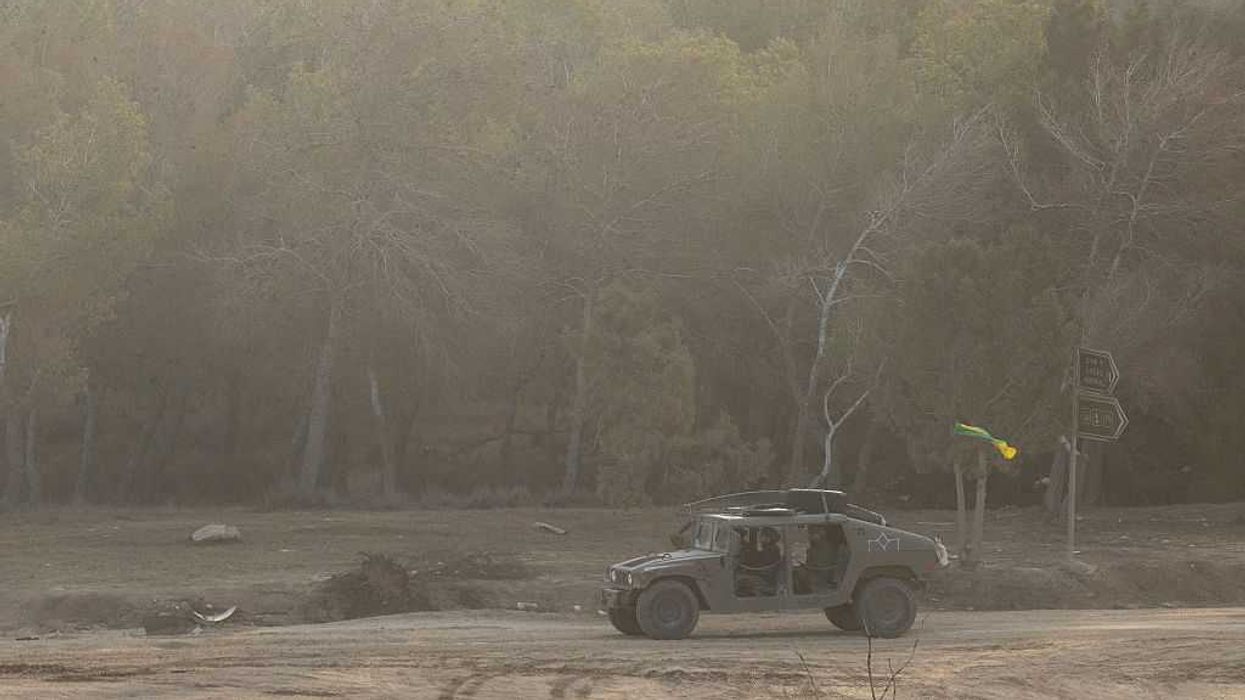Stein is an organizational and political strategist who has worked with dozens of for-profit, not-for-profit and political and public sector organizations over the past 50 years. He currently serves as a researcher/writer, consultant and champion of the work of cross-partisan cultural and political organizations and initiatives. This is the first in Stein's new monthly column, Cross-Partisan Visions.
The dawn of the third decade of the 21st century has ushered in an age of hyperanxiety.
On every continent, and in virtually every country, conventional wisdoms are being shredded. Changed circumstances and altered conditions are the predominant constants. Clarity about the future is obfuscated in the fog of cultural, economic and political upheaval. Certainty is primarily the refuge of extremists across the cultural and political spectrum.
This toxic stew threatens personal mental health, social and political cohesion, security, justice and prosperity everywhere, and the very foundations of civilization.
Our hyperanxiety is being fed by powerful forces that have been unleashed by negligence, poor stewardship of our natural world, ineffective governance, wanton consumerism and greed. These forces include, but are not limited to, population-growth-based natural resource depletion; climate-induced fires, floods and storms; mass human migrations; species extinctions; pandemics; escalating economic inequality; civil and regional wars; racial reckonings; and the increasing avalanche of disinformation and conspiracy theories being manufactured and spread by hyperpartisan organs of mass communication and social media.
There are no glib answers, quick fixes or short cuts back to truth, trust, reason and civility. Whatever the future holds, and however traumatic and relentless the age of hyperanxiety ultimately becomes, we have no choice but to do the painstakingly difficult work of discovering new faith in ourselves, one another and our institutions.
And the diligence and resilience we are called now to muster can only be animated, and therefore can only emanate, from a new global consciousness and crystalline clarity about our collective commitment to meaningful changes that improve human life and sustain our humanity.
This is the hope and promise of "Cross-Partisan Visions." In the months and years ahead, we will explore how people from across traditional divides can imagine, and therefore collaboratively implement, strategies to realize their common interests and shared destinies. In turn, this will require a deep commitment to building a new values-based constituency with a collective vision and a compelling new cultural and political voice.
Such a constituency will be realized when, initially, hundreds of thousands and, ultimately, millions of people pledge allegiance to a "Cross-Partisan Creed":
To be avid champions and tireless practitioners of constructive dialogue, deliberation and problem-solving with diverse people across cultural, racial, ethnic, political and gender divides in order to collectively perfect our union by optimizing liberty, justice and opportunity for all.
Fidelity in these times to this Cross-Partisan Creed will advance a modern "Cross-Partisan Ethos" which:
- Consciously considers a range of perspectives, philosophical and ideological differences that respect conservative, moderate and progressive principles.
- Enthusiastically fosters the curiosity, passionate exploration, and creative inquiry necessary to discover our commonalities in spite of our traditional divides.
- Believes anew in the ageless human, religious and philosophical values of truth, trust, reason and civility.
- Respects the dignity of people across traditional cultural, economic, political, racial and gender divides in order to optimize collaboration on evidence-based solutions to human, community, national and global problems.
- Accepts the difficult fact that many, perhaps most, 21st century exigencies and policy complexities cannot be resolved by anachronistic 20th century-contrived ideologies and bygone realities.
- Finds the will and honors the fact that we — Republicans, Democrats and independents — need one another to effectively address, and accept our fair share of responsibility for ameliorating, the most vexing problems of our times.



















